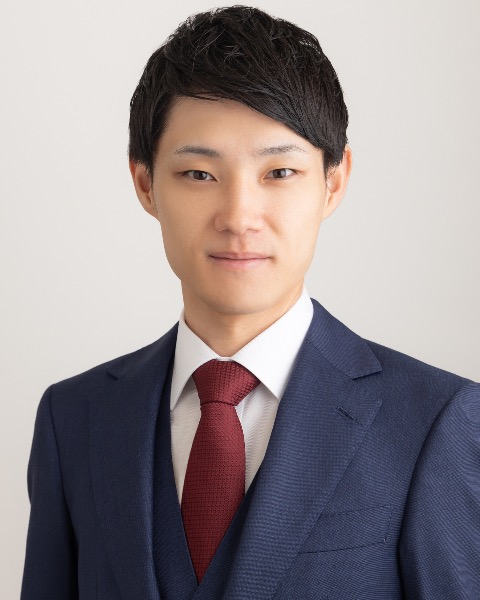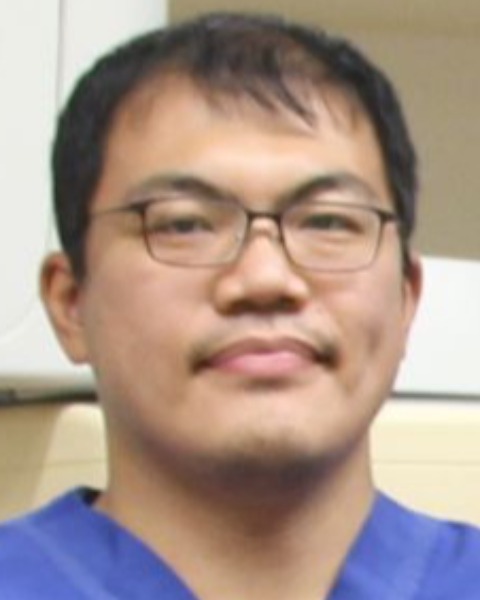SIR 2025
Interventional Oncology
Scientific Session
An Innovative Lipiodol Pickering Emulsion for Sustained Release of Glutamine

Hiroki Satomura, MD (he/him/his)
Clinical Fellow
Department of Diagnostic and Interventional Radiology, Osaka University Graduate School of Medicine, Japan
Yasushi Kimura, MD, PhD
Project Assistant Professor
Osaka University Graduate School of Medicine, Japan- YO
Yusuke Ono, n/a
Assistant Professor
Department of Diagnostic and Interventional Radiology Osaka University Graduate School of Medicine, Japan - NK
Norifumi Kennoki, MD, PhD
Specially Appointed Researcher/Fellow
Osaka University Graduate School of Medicine, Japan - YM
Yu Masuda, MD
Medical Staff
Osaka University Graduate School of Medicine, Japan - KT
Kosuke Tomotake, MD
Clinical Fellow
Department of Diagnostic and Interventional Radiology, Osaka University Graduate School of Medicine, Japan - HY
Hiroki Yano, n/a
PhD Student
Department of Diagnostic and Interventional Radiology Osaka University Graduate School of Medicine, Japan - YK
Yuji Koretsune, MD
Clinical Fellow
Department of Diagnostic and Interventional Radiology, Osaka University Graduate School of Medicine, Japan - KT
Kaishu Tanaka, n/a
assistant professor
Department of Diagnostic and Interventional Radiology Osaka University Graduate School of Medicine, Japan - HH
Hiroki Higashihara, n/a
associate professor
Department of Diagnostic and Interventional Radiology Osaka University Graduate School of Medicine, Japan - nt
noriyuki tomiyama, n/a
professor
Department of Diagnostic and Interventional Radiology Osaka University Graduate School of Medicine, Japan
Presenting Author(s)
Author/Co-author(s)
Local administration of high-concentration glutamine into tumors has been reported to enhance CTL infiltration and activation through effects on dendritic cells, synergizing with immune checkpoint inhibitors. This study aimed to develop lipiodol pickering emulsions encapsulating glutamine and evaluate their fundamental properties in vitro.
Materials and Methods:
Lipiodol pickering emulsions were synthesized by mixing Lipiodol (Guerbet Japan, Tokyo, Japan; oil phase) with Poly(lactic-co-glycolic acid) (PLGA) nanoparticles and glutamine in pure water (aqueous phase). PLGA nanoparticles were prepared using a microfluidic device (QUA-iLiNP2.0S, Lilac pharma, Inc., Hokkaido, Japan) by mixing PLGA acetone and PVA aqueous solutions. To create water-in-oil pickering emulsions, two parts of the oil phase were mixed with one part of the aqueous phase using a three-way stopcock and pumped 20 times. To confirm encapsulation, we used PLGA nanoparticles stained with Rhodamine B (Nacalai Tesque, Inc., Kyoto, Japan) and Dansyl-L-glutamine (Santa Cruz Biotechnology, Inc., TX, USA) for imaging. The droplets were visualized using a confocal laser microscope (LSM710, Carl Zeiss Co., Ltd., Tokyo, Japan). To evaluate the sustained release of glutamine from the emulsions, a drug release test was conducted. The lipiodol pickering emulsion was added to normal saline and incubated at 37℃ with continuous shaking. Glutamine release was quantified using a Glutamine Assay Kit-WST (DOJINDO LABORATORIES, Kumamoto, Japan) at 1 hour, 3 hours, 5 hours, 1 day, 3 days, and 5 days. Conventional lipiodol emulsions were used as controls.
Results:
Confocal laser microscopy confirmed that glutamine was effectively encapsulated by PLGA nanoparticles located at the interface between the aqueous and oil phases. The drug release test revealed that the cumulative amount of glutamine released from the lipiodol pickering emulsions was 16.7 mmol at 1 hour, 27.8 mmol at 3 hours, 41.1 mmol at 5 hours, 39.5 mmol at 1 day, 42.7 mmol at 3 days, and 42.6 mmol at 5 days. In contrast, conventional lipiodol emulsions exhibited a plateau after 1 hour, releasing approximately 39.3 mmol. The lipiodol pickering emulsions showed a significantly lower release up to 5 hours (P < 0.01), comparable release at 24 hours (P = 0.06), and a higher release than the conventional lipiodol emulsion after 3 days (P < 0.01).
Conclusion:
Lipiodol pickering emulsions effectively encapsulated and sustained glutamine release, offering potential for therapeutic use.


.jpg)